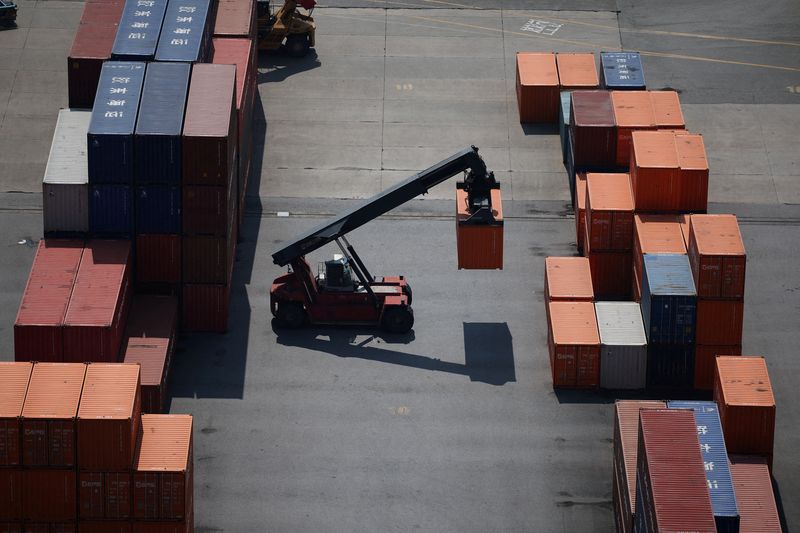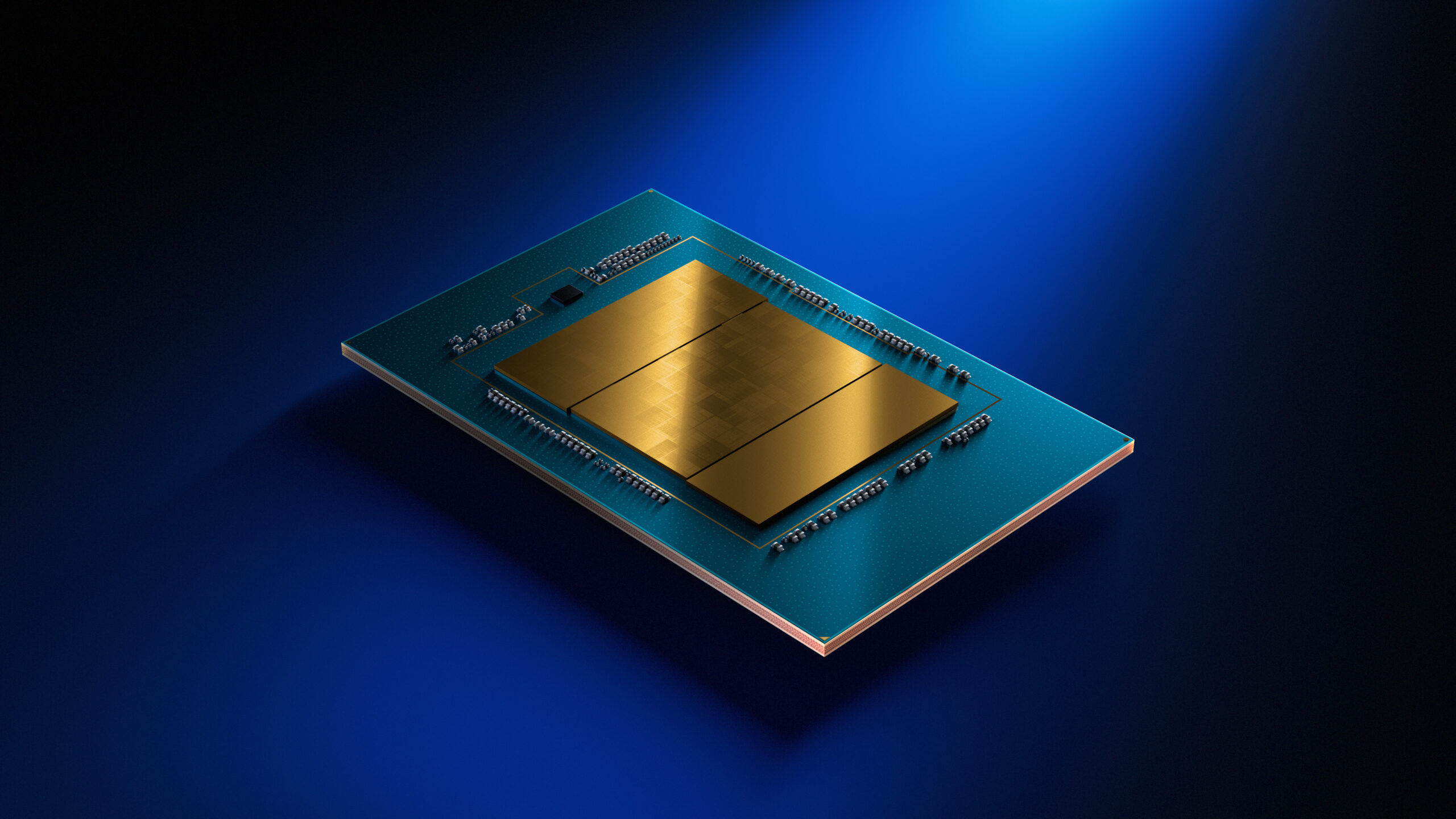Researchers Just Solved a Big, 70-Year-Old Problem for Fusion Energy
Fusion energy "took one step closer to reality," announced the University of Texas at Austin, as their researchers joined with a team from Los Alamos National Laboratory and Type One Energy Group and "solved a longstanding problem in the field" — how to contain high-energy particles inside fusion reactors. When high-energy alpha particles leak from a reactor, that prevents the plasma from getting hot and dense enough to sustain the fusion reaction. To prevent them from leaking, engineers design elaborate magnetic confinement systems, but there are often holes in the magnetic field, and a tremendous amount of computational time is required to predict their locations and eliminate them. In their paper published in Physical Review Letters, the research team describes having discovered a shortcut that can help engineers design leak-proof magnetic confinement systems 10 times as fast as the gold standard method, without sacrificing accuracy... "What's most exciting is that we're solving something that's been an open problem for almost 70 years," said Josh Burby, assistant professor of physics at UT and first author of the paper. "It's a paradigm shift in how we design these reactors...." This new method also can help with a similar but different problem in another popular magnetic fusion reactor design called a tokamak. In that design, there's a problem with runaway electrons — high-energy electrons that can punch a hole in the surrounding walls. This new method can help identify holes in the magnetic field where these electrons might leak. Read more of this story at Slashdot.

Read more of this story at Slashdot.




![The Most Visited Websites in the World [Infographic]](https://imgproxy.divecdn.com/3KPmuOfGXy00YRzOoNbqLzjer0DNjeNRDdEboVf734o/g:ce/rs:fit:770:435/Z3M6Ly9kaXZlc2l0ZS1zdG9yYWdlL2RpdmVpbWFnZS9tb3N0X3Zpc2l0ZWRfd2Vic2l0ZXMyLnBuZw==.webp)










































































































































![So your [expletive] test failed. So [obscene participle] what?](https://regmedia.co.uk/2016/08/18/shutterstock_mobile_surprise.jpg)


















































